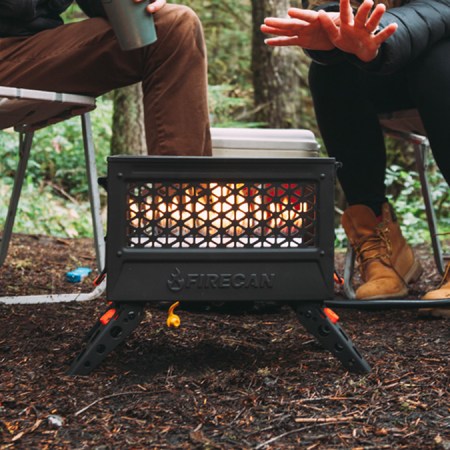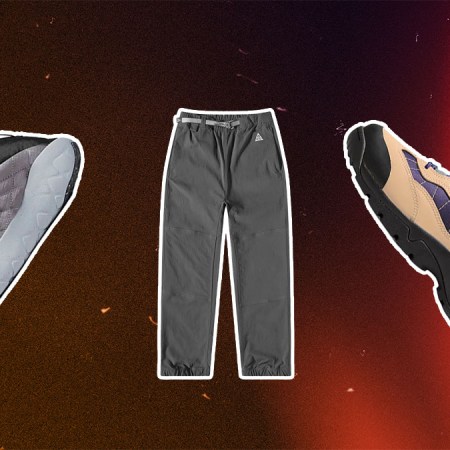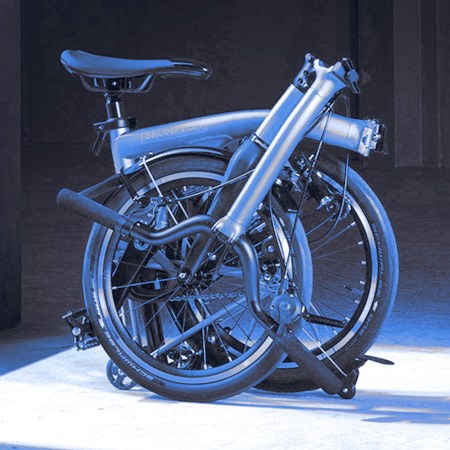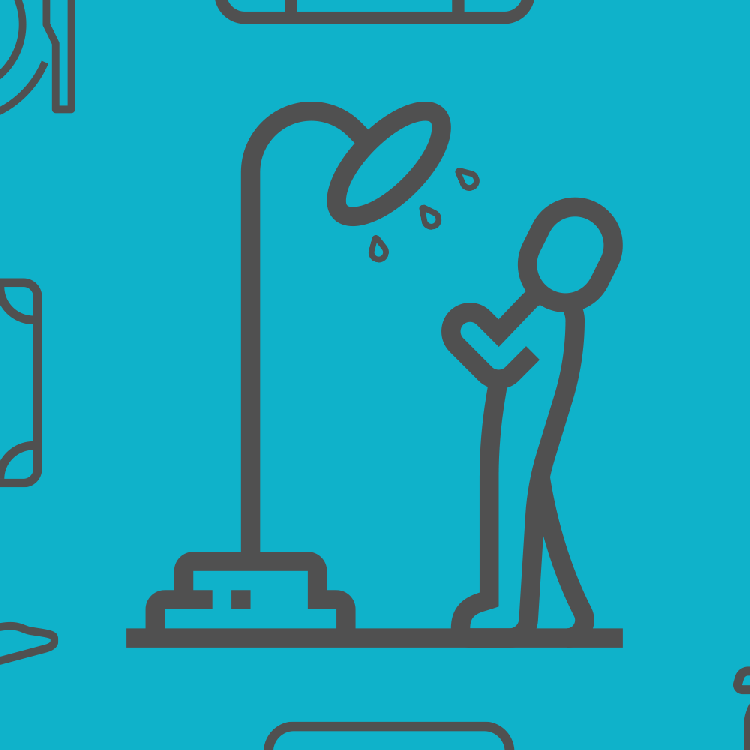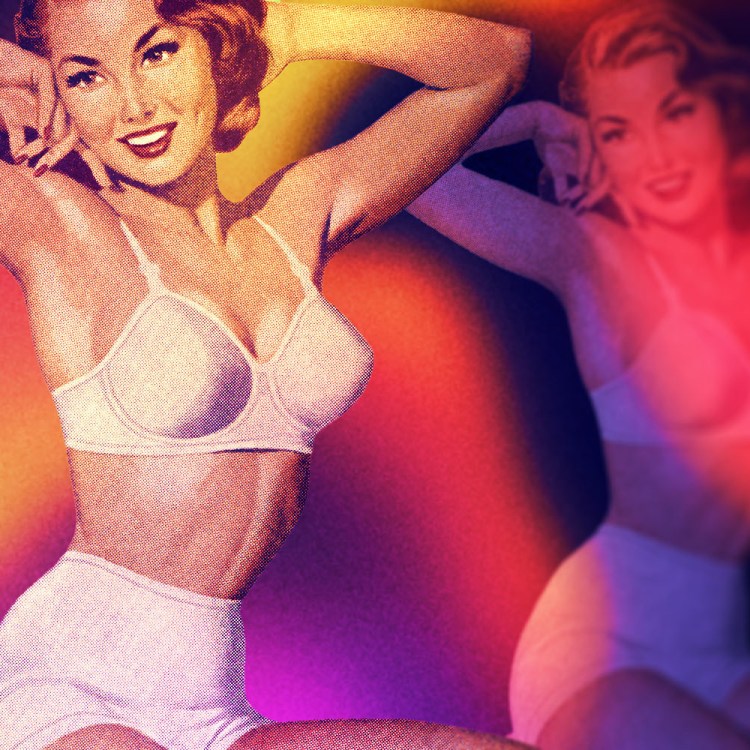These days, you can’t throw a rock out your window without hitting a cyclist.
It’s no wonder Chicago was just named “Best Bike City” in America.
But how to ride around most safely? And quickly? But still with a dose of style and moxie?
For that, we hit up veteran Chicago bike messenger, kamikaze Red Bull athlete and all-around good guy to know Nico Deportago-Cabrera, who was gracious enough to break off some indispensable knowledge about riding in the Windy City.
This guy is no joke. He recently took home the crown at the North American Cycle Courier Championship (yes, an actual thing) in New York, making him the undisputed fastest bike messenger in the country. This is the same guy who raced a taxi from downtown to Wrigleyville, and nearly won.
The man knows these streets like none other, and trust he’s got a few tips rolled up his pants.
These are they.
On the best way getting in downtown …
“Chicago is obviously laid out on a massive grid where the majority of our streets either run north-south or east-west. Given that, most of the time you’re not given as many options other than taking those north-south, east-west streets. Depending on what side of the city I’m coming from, I like to use diagonal streets as a more direct route to the city center. What’s interesting about our diagonals is at one point, they were all originally essentially Native American trade routes, so they all converge into downtown.
So on a daily basis, coming from the South Side, I take streets like Archer Ave., Blue Island Ave. and Ogden Ave. From the northside: Clark street and Lincoln Ave. I use those streets a ton, not only because you can cut north and south, but you can go east and west depending on where you’re going. Obviously Milwaukee Ave. is a huge artery for the city for people commuting from Wicker Park, Logan Square, Avondale and to some extent, Ukrainian Village.”
On the importance of knowing the rhythm of the city …
“One of the things I learned over many years of traveling with my bike: the energy of the city is dictated by the sequencing of the traffic lights, and the way the traffic lights are sequenced plays a direct role in the way traffic flows, and the way traffic flows plays a direct role as your experience as a cyclist.
For instance: when you’re riding in Manhattan, they’ve got these long one-way avenues that run the length of the island, and the lights are timed as such where they move in waves. These waves move at about 25 mph over the course of a six- or seven-block stretch. If you could find yourself within the wave and match it, you can essentially ride from Harlem all the way downtown.
For Chicago, we don’t have that same kind of flow. Our traffic lights change a lot more sporadically. If you’re riding downtown, on average, you can take a green light up two blocks before you hit a red light. And that has a direct influence on our drivers. They’ve got limited options to how far they can go. So, our drivers tend be a little bit more erratic. Plus: our traffic isn’t as dense as New York, so drivers are little more unpredictable. They have more room to make sudden changes: random lane changes, or crossing a few lanes to make a left turn. A lot of times you can look through the back window to see where a driver is looking. That way you can start to predict things before they happen.”
Pictured: Park Tool multi-tool, Topeak Mini Morph pump, Pedro tire levers
On always being prepared …
“I carry a Kryptonite lock everywhere I go. One long enough to lock my front wheel and frame, because wheel theft is a very real thing. I never leave the house without a multi-tool, tire levers, a tube and a pump. I can disassemble and reassemble my entire bike with my Park Tool multi-tool. As far as pump, I carry around a Topeak Morph. And basic tire levers from Pedro to change a flat. No matter how short or long your ride is, this is pretty much all you’ll need.”
On streets to avoid, and secret throughways to take …
“The problem with some of our main arterial streets is that they are highway-like, especially during rush hour. But one of the interesting things about living on a grid is that — if I’m not trying to throw the hammer down and want a more casual ride, I’ll use the street in between those main arteries.
In between Ashland Ave. and Damen Ave., you’ve got Wood Ave. And Wood is a great alternative to Ashland or Damen because it takes you through the neighborhood but can still take you in the direction you need to go. So, if you don’t really wanna ride on the chaos of Irving Park Ave. or Montrose Ave., you can take, say, Berteau Ave.
I also use the 606 quite a bit. It’s a quick way to get east-west without crossing Kedzie Ave. or Western Ave. That’s the nice thing about our grid. If you’re on a street that you’re not comfortable on, you can always go a block north or a block south. There’s always another option.”
On the secret to staying safe …
“I’m more concerned with people opening doors than the cars moving around me, only because you can go from having a clear path to all of a sudden there’s an unavoidable wall in front of you.
In my 10 years riding in the city, I’ve never been doored — knock on wood. I attribute that to my positioning on the road. I tend to think in certain situations the bike lane can present its own dangers because it can box you in. In regards to the bike lane, I tend to ride on the outermost part. For two reasons: one, it gives you enough time to react. And two, I would rather have car slightly annoyed with me and be aware that I’m there, than the car not being aware of me at all.
99% of the time with accidents, it’s not because the driver had it in for the cyclist, or the cyclist was riding poorly. It’s because poor visibility and each party not having spatial awareness. I think making your presence known and giving yourself enough room to react to a situation goes a long way toward keeping everyone safe on the road.”
This article was featured in the InsideHook Chicago newsletter. Sign up now for more from the Windy City.
